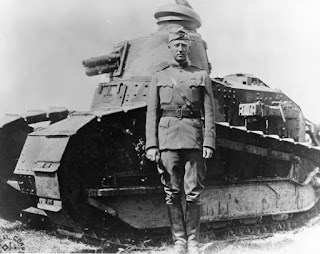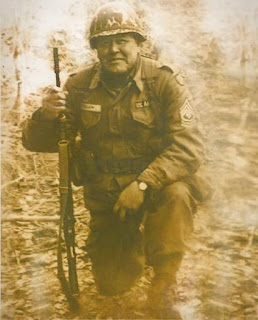THROWBACK THURSDAY - TANKS OF WORLD WAR I
THROWBACK THURSDAY - TANKS OF WORLD WAR I
Of the many military innovations to introduced during World War I, the tank was arguably one of the most profound in the history of warfare. Developed in secret in the search for means to breaking the stalemate of trench warfare on the Western Front, the British Commonwealth, French, American and German armies were all using them by the Armistice.
Since the United States entered the war in April 1917, relatively late, the U.S. Army was also late in developing its own armored force. Army leaders saw the value of the new weapon on the modern battlefield, and in December 1917 the American Expeditionary Forces (AEF) established the U.S. Tank Corps under the command of Colonel, later Brigadier General, Samuel D. Rockenbach.
Although creating a more ambitious force had been proposed, by the end of hostilities, the Tank Corps consisted of eight heavy tank battalions equipped with the British Mark V, and which were numbered 301st through 308th, and twenty-one light tank battalions, numbered 326th through 346th, using the light French Renault FT (later designated FT17). Of these, only four, the 301st, 331st, 344th and 345th Tank Battalions saw combat, but a number of French and British tank units supported AEF units in battle.
The fighting vehicle purportedly got the name "tank" for operational security (OPSEC) reasons. To keep its actual purpose secret, British sources said they were developing a protected mobile carrier, "water tank," to bring potable water to troops in the trenches.













Comments
Post a Comment